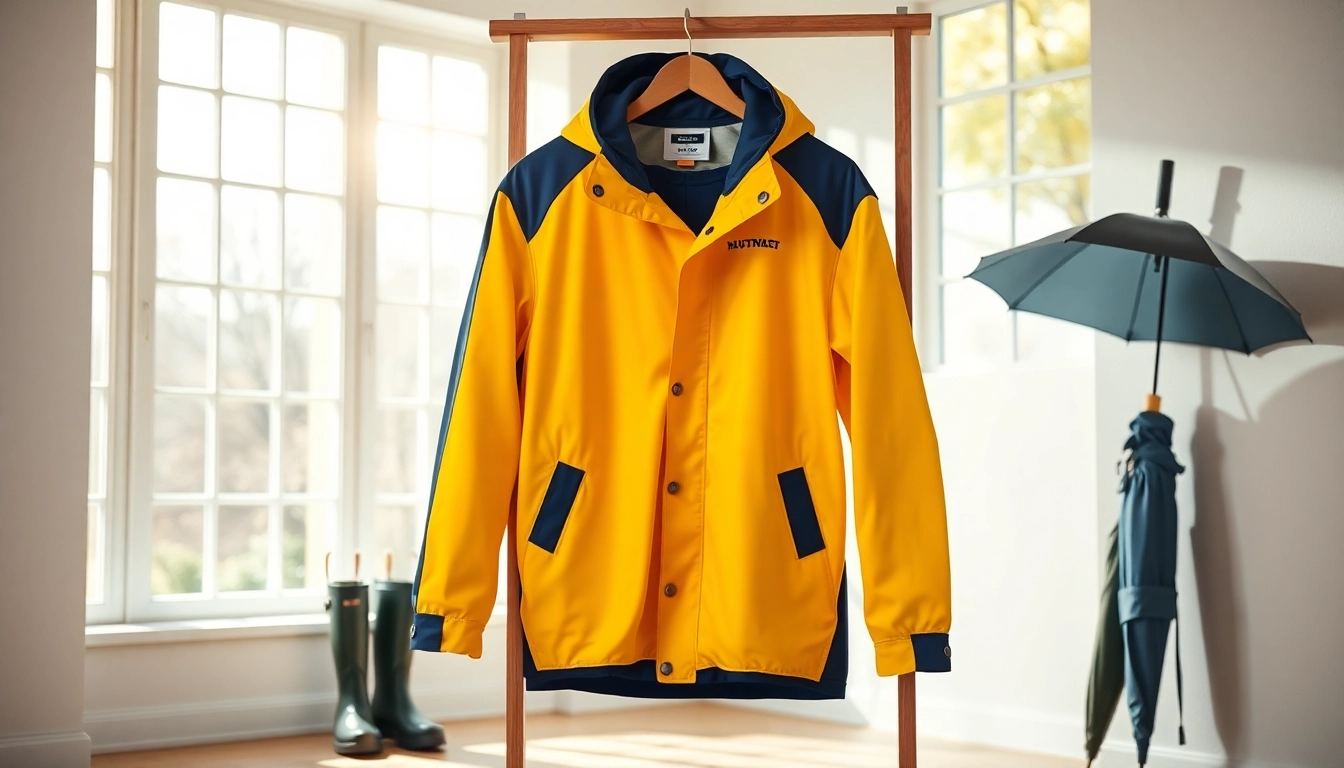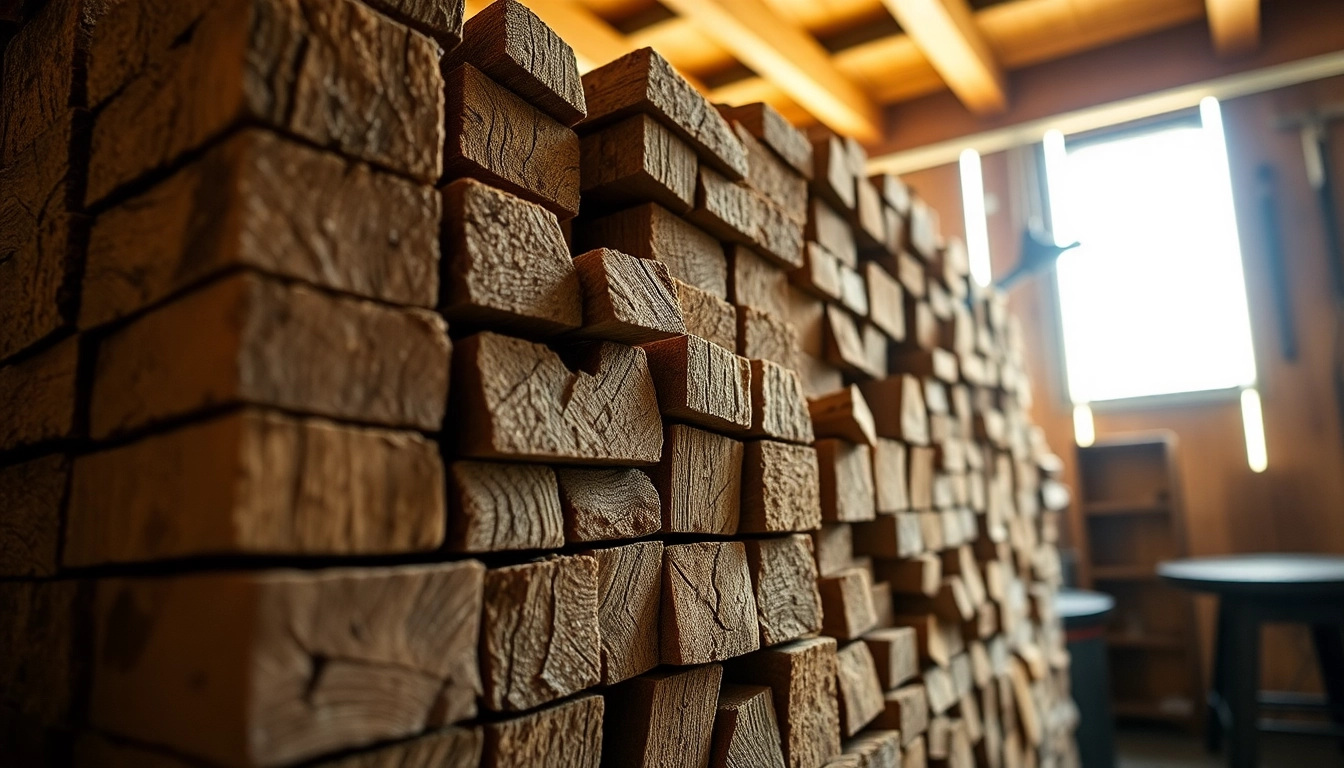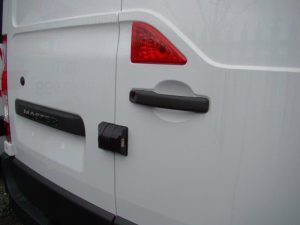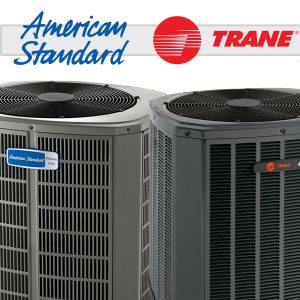Choosing the Right Raincoat: Styles, Features, and Benefits for Every Weather
Understanding Raincoat Types
Waterproof vs. Water-Resistant Raincoat
When choosing a raincoat, one of the first decisions you’ll need to make is whether you want a waterproof or water-resistant option. Although the terms are often used interchangeably, they represent significant differences in functionality and protection against the elements.
A waterproof raincoat is designed to keep you completely dry, allowing no water to penetrate the fabric. This type of raincoat typically uses high-quality materials like Gore-Tex or similar technologies that provide a robust barrier against rain and moisture. These fabrics have sealed seams and a water-repellent finish, making them ideal for heavy downpours or prolonged exposure to wet conditions.
On the other hand, a water-resistant raincoat is made from materials that repel water to a certain extent but do not guarantee complete dryness. While water-resistant fabrics can handle light rain or splashes, they may not hold up well in prolonged exposure to heavier rains and can allow moisture to seep through over time. This category is often suitable for everyday wear in mild conditions.
Lightweight vs. Insulated Raincoat
Another aspect to consider when selecting a raincoat is whether you need a lightweight or an insulated model. Lightweight raincoats are great for temperate climates and are designed for easy packing and portability. They are typically made from thinner materials that offer excellent breathability, making them an excellent choice for outdoor activities like hiking or biking in warm weather. The compact design allows you to carry them in a backpack without adding too much bulk.
In contrast, insulated raincoats are tailored for colder climates and provide additional warmth alongside waterproofing features. These raincoats often contain a layer of insulation—such as down or synthetic fibers—that traps body heat while keeping moisture at bay. This makes them perfect for winter outings or chilly days where you may face rain or snow. Choosing between lightweight and insulated options ultimately depends on your climate and intended use.
Urban Styles vs. Outdoor Performance Raincoat
Raincoats come in various styles tailored for different settings. Urban styles prioritize aesthetics and comfort while still being functional. They often incorporate fashionable elements and colors, making them suitable for everyday wear in the city. Many urban raincoats include features like adjustable hoods, stylish cuts, and multiple pockets, blending seamlessly with casual and professional wardrobes.
Conversely, outdoor performance raincoats focus on practicality and durability. These raincoats are engineered to withstand rigorous activities, such as hiking, camping, or cycling. They are often equipped with technical features such as reinforced stitching, ventilation systems, and larger hoods to accommodate helmets. If you are an outdoor enthusiast requiring reliable protection, a performance raincoat designed to function in extreme conditions is the best choice.
Key Features to Look For in a Raincoat
Material Quality and Breathability of Raincoat
The material used in a raincoat is one of the most important factors influencing its performance. High-quality materials not only determine the level of water resistance but also significantly affect breathability. Breathability refers to a fabric’s ability to allow moisture and perspiration to escape while keeping water out. This is crucial for staying comfortable, especially during activities that result in sweating.
Look for raincoats made from advanced materials like nylon, polyester, or specialized laminates. These fabrics often have moisture-wicking properties that facilitate evaporative cooling, ensuring that you stay dry even during intense physical activities. Features such as ventilation openings or mesh linings can further enhance breathability.
Fit and Comfort Considerations for Raincoat
Comfort and fit are paramount when selecting a raincoat. A well-fitting raincoat should allow for ease of movement without being restrictive. It’s essential to try on different sizes and styles to find what suits your body shape best. Look for adjustable features such as cuffs, waist drawstrings, and hems that can be modified to create a secure fit, ensuring that rain does not enter at vulnerable points.
Additionally, consider layering options. If you plan to wear your raincoat over other clothing, ensure it has enough room for added insulation without feeling bulky. Comfort extends beyond fit to factors such as fabric texture; choose materials that feel good against your skin to prevent discomfort and chafing during wear.
Pockets and Adjustability Options for Raincoat
Practicality is another essential feature of the ideal raincoat. Consider the number and type of pockets available. You’ll want a raincoat that includes secure pocket options for storing essentials like wallets, keys, and phones. Zippered or magnetic pockets provide added security against getting items wet.
Moreover, assess the adjustability features offered. Adjustable cuffs and hoods can significantly enhance the coat’s effectiveness by providing a tailored fit that blocks out wind and rain. Some coats may also have vents or zippers to allow for airflow, helping to regulate your body temperature and improve overall comfort while wearing the coat.
How to Maintain Your Raincoat
Washing Techniques for Raincoat
Maintaining your raincoat is crucial for ensuring its longevity and performance. The first step in maintenance is washing. Most manufacturers provide specific washing instructions, which should always be followed. Typically, it’s recommended to use a mild detergent specifically designed for waterproof fabrics to avoid degrading the material’s water-resistance capabilities.
When washing, opt for a gentle cycle with cold water to preserve the integrity of the fabric. Avoid using fabric softeners or bleach, as these can impair the raincoat’s functionality. After washing, it’s generally advisable to air dry your raincoat rather than using a dryer, as high heat can damage the waterproof coating.
Repairing Minor Damage in Raincoat
Despite your best efforts, wear and tear can occur. Many raincoats, especially those used in outdoor activities, may face punctures, tears, or other minor damages. Fortunately, many of these issues can be easily repaired at home using a waterproof repair patch or tape. First, clean the damaged area thoroughly, then apply the patch following the manufacturer’s instructions to ensure a watertight seal.
For more extensive damage or complex repairs, consult a professional specializing in outdoor gear repair. Regularly inspecting your raincoat for damage can help prolong its life and maintain performance quality.
Storing Your Raincoat for Longevity
Proper storage is equally important for maintaining your raincoat. When not in use, store your raincoat in a cool, dry place, away from direct sunlight, which can degrade the fabric and colors over time. Ideally, hang the coat on a wide, padded hanger to prevent creases and maintain its shape.
If your coat is made from materials that can trap moisture, consider using a breathable garment bag to ward off mildew and odors. Proper storage will help ensure your raincoat remains in good condition and ready for use when the skies turn gray.
Styling Your Raincoat for Different Occasions
Casual Outfits Featuring a Raincoat
A raincoat can seamlessly integrate into your casual wardrobe, providing both function and flair on dreary days. For a relaxed look, layer your raincoat over a simple t-shirt and comfortable jeans. Pair this with stylish sneakers to complete the casual outfit. Choosing a raincoat with a sleek design or vibrant color can elevate your overall look, making it both stylish and practical.
Accessorizing wisely can further enhance this casual ensemble; consider a colorful umbrella or a trendy beanie to add personality while protecting yourself from the rain. Additionally, lightweight, waterproof backpacks can be a great addition to keep your belongings safe and dry.
Layering Tips with a Raincoat for Cold Weather
In chillier weather, your raincoat can serve as an essential element in your layering strategy. Start with a moisture-wicking base layer to help manage body temperature and sweat. Adding a warm fleece or sweater can provide extra insulation, followed by your raincoat for wind and water protection.
Opt for a raincoat designed with a longer length for added coverage and warmth. Ensure that the fit allows for movement, particularly at the shoulders and arms, keeping layering flexible. Don’t forget to accessorize with a knitted scarf, a warm hat, and waterproof gloves to maintain overall warmth and comfort during cold spells.
Accessorizing a Raincoat for Events
Even for formal events, a raincoat can be styled to enhance your ensemble. Choose a trench-style raincoat in a neutral tone to seamlessly blend with more elegant clothing. Wearing smart shoes that have excellent grip will complement the look while providing support.
Accessories can significantly accentuate the overall style; consider matching your umbrella and bag color with your outfit. Elegant gloves and a chic scarf can also elevate your look, making it entirely suitable for more formal occasions while ensuring you remain protected from the elements.
Best Brands and Options for Raincoats
Top Features from Popular Raincoat Brands
While individual brand specifications may vary, certain features stand out as indications of quality in any raincoat. Look for options that integrate innovative technology, such as breathable waterproof membranes, durable water-repellent coatings, and advanced insulation technologies. Features like adjustable hoods, cuffs, and oversized pockets further enhance usability and versatility.
Durability is another hallmark of quality; a well-constructed raincoat should resist tearing and abrasions while ensuring that seams are tightly sealed to prevent leaks. Reviewing features like warranties or guarantees can also provide assurance of quality and durability from specific brands.
Affordable vs. Luxury Raincoat Choices
The market offers a spectrum of raincoat options that cater to diverse budgets. Affordable raincoats typically provide sufficient protection without unnecessary frills, making them ideal for occasional use or mild climates. These models, however, may lack advanced features that enhance comfort and functionality.
On the contrary, luxury raincoats often pay special attention to material quality, tailoring, and advanced features, making them suitable for regular wear or extreme conditions. While they come at a higher price point, the investment can yield long-term value in durability and performance, particularly for outdoor enthusiasts who require reliability.
User Reviews and Ratings on Raincoat Performance
When selecting a raincoat, it’s invaluable to read user reviews and ratings. Customer feedback can provide insights into real-world performance, durability, and comfort that may not be highlighted in product descriptions. Look for comments about the raincoat’s breathability during active wear, effectiveness in heavy rain, and overall fit.
Review platforms and community forums can be excellent resources for gathering unbiased information. Pay attention to recurring themes in reviews, such as common praises or complaints, to guide your decision-making process. This step helps ensure that you choose a coat that meets your needs and expectations, providing optimal protection against the elements.














Post Comment